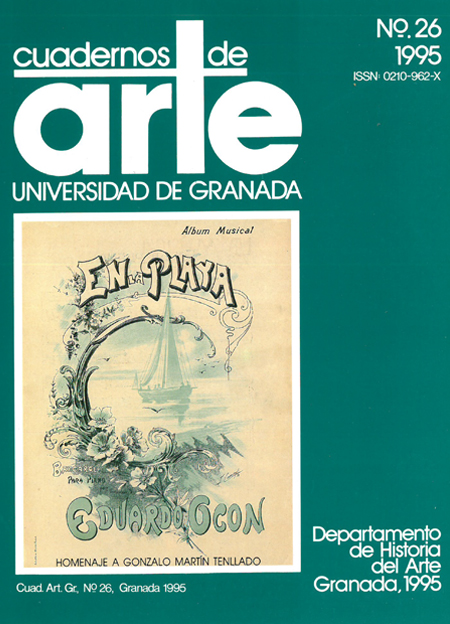Music and symbolism in the liturgical works of Joan Pujol (1570-1626)
Keywords:
Pujo!, Joan, Renaissance music, Religious music, Liturgical music, Composers, History of music, Language of music, Musical composition, Musical structure, Spain, Catalonia, 16 th-17th centuryAbstract
The liturgical works by Joan Pujo! are characterized by an eclectic style and the composer, writing in the context of the transition in Catalan music from the 16th to the 17th centuries, shows signs of having assimilated the Hispanic tradition of the Golden Age. In his contrapunta! writing Pujo! makes use of a wide range of structural resources and rhetorical procedures, which give evidence at the same time of a subtle semantic and symbolic awareness. In his writing for four voices Pujo! devotes himself to a play on different styles with an intensity which at times brings him near to the mannerist aesthetic. In his works for double chorus, eight voices, however, these expressive resources resemble rather the plastic arts of the Baroque, with their contrasting reliefs and varying density, in an attempt to convey their sonorous message with weight and clarity.Downloads
Download data is not yet available.
Downloads
Published
1995-11-01
How to Cite
Gregori, J. M. (1995). Music and symbolism in the liturgical works of Joan Pujol (1570-1626). Cuadernos De Arte De La Universidad De Granada, 26, 65–72. Retrieved from https://revistaseug.ugr.es/index.php/caug/article/view/10815
Issue
Section
Estudios
License
Los autores que publican en esta revista están de acuerdo con los siguientes términos:- Los autores conservan los derechos de autor y garantizan a la revista el derecho de ser la primera publicación del trabajo al igual que ser licenciado bajo una licencia Creative Commons que permite a otros compartir el trabajo con un reconocimiento de la autoría del trabajo y la cita de la fuente original, con un uso no comercial y siempre que no se hagan obras derivadas.
- Los autores pueden establecer por separado acuerdos adicionales para la distribución no exclusiva de la versión de la obra publicada en la revista (por ejemplo, situarlo en un repositorio institucional o publicarlo en un libro), con un reconocimiento de su publicación inicial en esta revista.
- Se permite y se anima a los autores a difundir sus trabajos electrónicamente (por ejemplo, en repositorios institucionales o en su propio sitio web) antes y durante el proceso de envío, ya que puede dar lugar a intercambios productivos, así como a una citación más temprana y mayor de los trabajos publicados (Véase The Effect of Open Access) (en inglés).


 ISSN-e: 2445-4567
ISSN-e: 2445-4567








